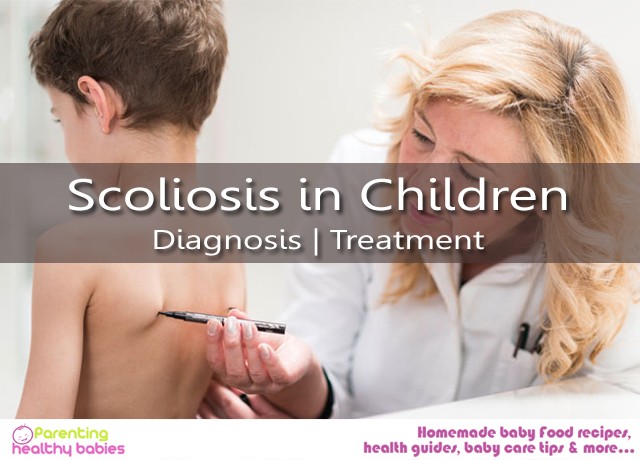Fungal infections may not be the most serious ailments that man has had to face, but they are one of the most commonly occurring issues. Clotrimazole is a kind of antifungal medication that is intended to help those having fungal growth and itching on some part of their bodies. The clotrimazole uses are many, covering a whole range of infections that may occur on different parts of your body with a varying degree of seriousness. Especially in case of children, clotrimazole is of particular use.
While particularly strong mediation is better avoided when children have contracted a fungal infection, a right dose of the drug can work wonders on a child. To make it even more convenient to use, the medication comes in different forms to help you on your healing process and is marketed usually under the Canesten brand.
Be it the clotrimazole cream or the solution, both can work wonders to help one recover from their condition. Sometimes even when the infection seems to be apparently gone, the organism may live on. In order to get it completely out of your system, you should continue to administer the medicines to your child as prescribed by the doctor. Clotrimazole was applied.
Read More: Neonatal Candida Infection: 11 Natural Remedies
A Guide for Usage of Clotrimazole for Fungal Infections in Children
Clotrimazole Dosage in Children
The age, height and weight of your child are taken into account before a doctor prescribes a specific dosage of clotrimazole to your kid. For various kinds of infections, it is available in different forms. Liquid drops of clotrimazole with a 1% concentration may be applied to the ears of your child.
A spray of the same concentration can be applied to fungal issues related to the skin, and two kinds of clotrimazole cream, exist for skin and vaginal issues respectively. The vaginal cream has a slightly higher concentration, and the intravaginal cream is about 10% concentrated.
In each of these forms, clotrimazole uses are seen when the dose is applied between 2-3 times daily, with morning, early afternoon and bedtime being the appropriate times. Make sure to stick to a time so that your child does not miss his medicine, in case you are preoccupied with other chores.
Read More: 16 Home Remedies to Treat Yeast Infection during Pregnancy
Uses of Clotrimazole in Children
The primary use of clotrimazole in children is to treat fungal infections. Here are a few points regarding clotrimazole uses that all parents should be aware of:
- It presents an easy cure for most skin conditions including athlete’s foot and jock itch.
- Fungal infections like ringworm can be cured with
- Fungal infections of the skin like candidiasis and pityriasis can also be cured.
- It can also be applied around the vagina to get rid of yeast infections.
Side effects of Clotrimazole in Children
Essentially, clotrimazole is an azole antifungal that works as an antidote to fungal infection by killing the organism itself. However, there are a few side effects to keep in mind before you apply the skin or spray on your child. Some of them are as follows:
- There may be occasional irritation in the affected area of your body.
- If you experience mild burning sensations, you must contact a medical professional to review your dose.
- Redness and itching may indicate that the medication is perhaps unsuitable for your system.
- A highly allergic reaction to this medicine is unlikely, but contact a professional in case it happens.
Do remember that if a doctor has prescribed clotrimazole for you, the benefits must far outweigh the disadvantages. The uses of clotrimazole are many and they are designed for your child’s advantage. However, that is no reason to ignore any reaction that may be occurring in your body. Stay alert to any such bodily response, or any cause of discomfort for your child, so that you can give them the right care.
Read More: Yeast Infection During Pregnancy: Ultimate Guide
Precautions while using Clotrimazole in Children
There is a host of precautions that you should keep in mind while giving your child clotrimazole, no matter in what shape or form. Some of these are mentioned as follows:
- Make sure you wash your hands before and after applying the cream on your kid. This will help contain the infection and can make sure that it does not spread with contact.
- Do not rub the clotrimazole cream hard onto the skin of your child, as that may irritate the skin even more and worsen the condition of the infection.
- If applying a solution from a bottle, make sure to shake it properly.
- In case of ear infections, make sure to apply the solution with a nozzle and make sure that your child is not moving during the process. Have them lie down and use gravity in your favour. Pulling back the earlobes while applying clotrimazole is advisable.
- When applying on skin, use the spray if the affected area is particularly sensitive and painful to touch.
- While using the spray, make sure that your eyes and your child’s eyes are closed.
Conclusion
While keeping all these precautions and side effects in mind, clotrimazole may seem particularly tricky to administer. Some of you may even be questioning whether it should be given to your children. The benefits of the solution are such that you must trust your doctor when he prescribes the medicine against fungal infections. The clotrimazole uses include the killing of the fungus, providing a permanent solution to what currently ails your child. Make sure that you complete the prescribed course to be secure about the infection going away for good.
References
https://www.medicinesforchildren.org.uk/clotrimazole-fungal-infections













